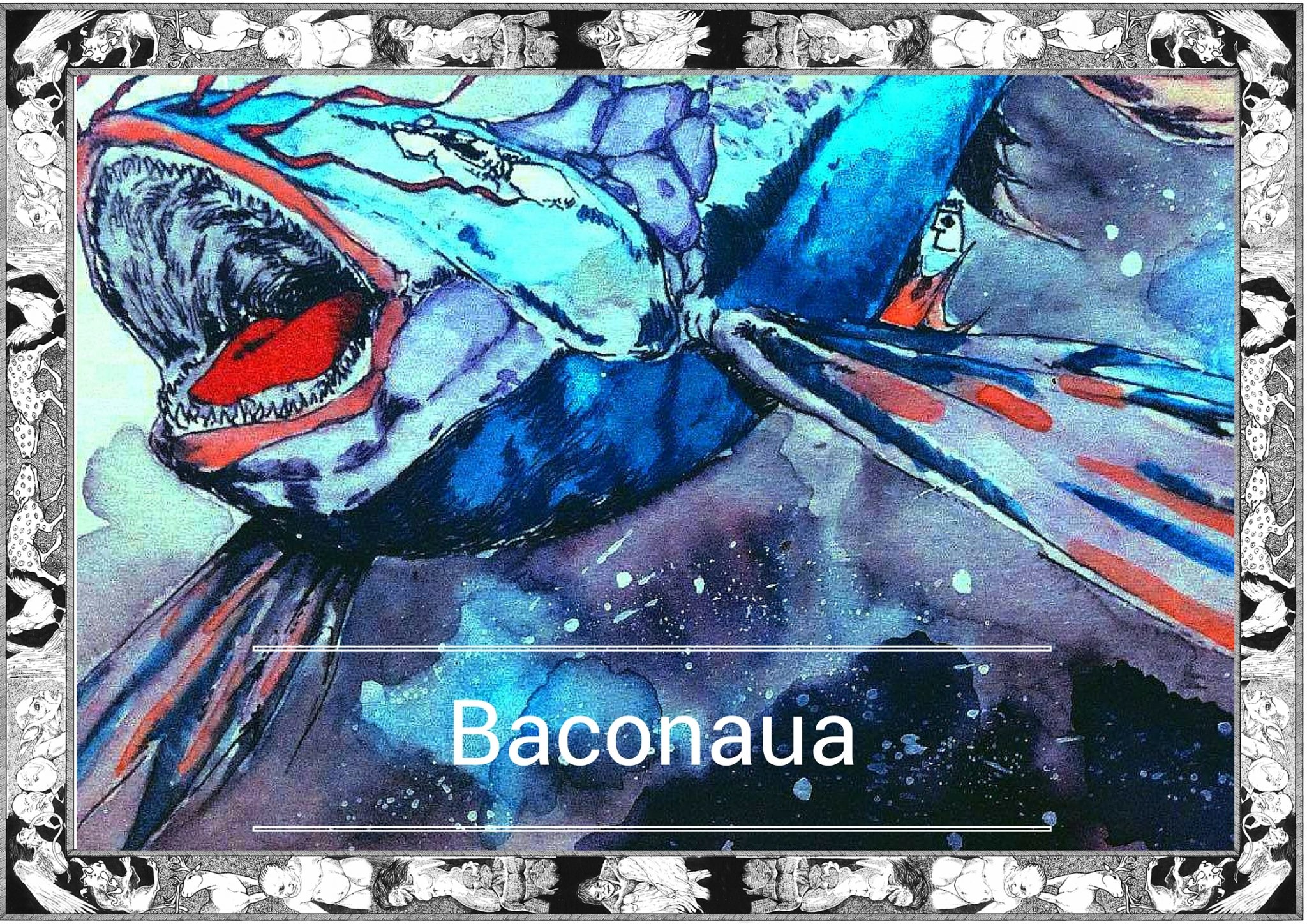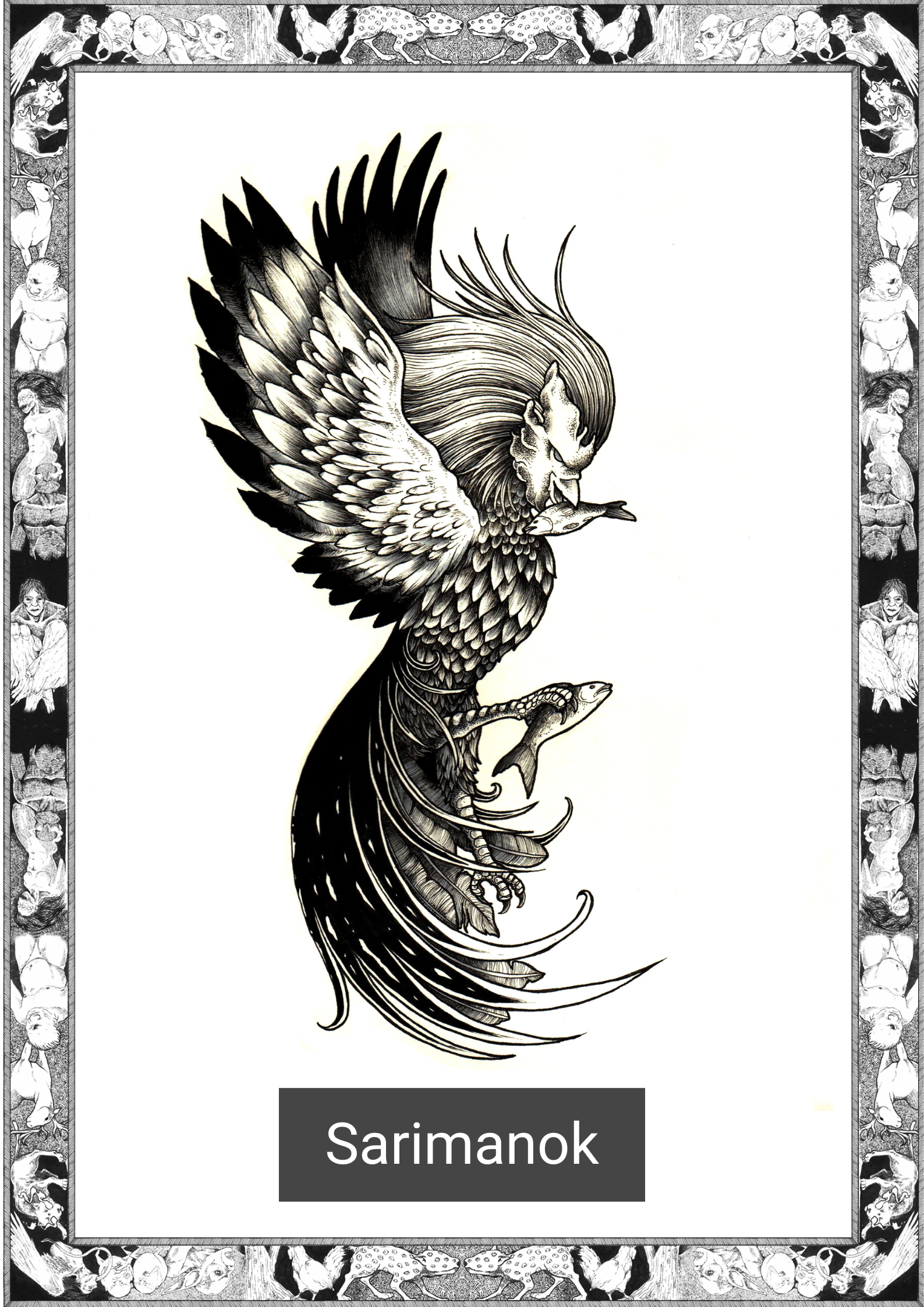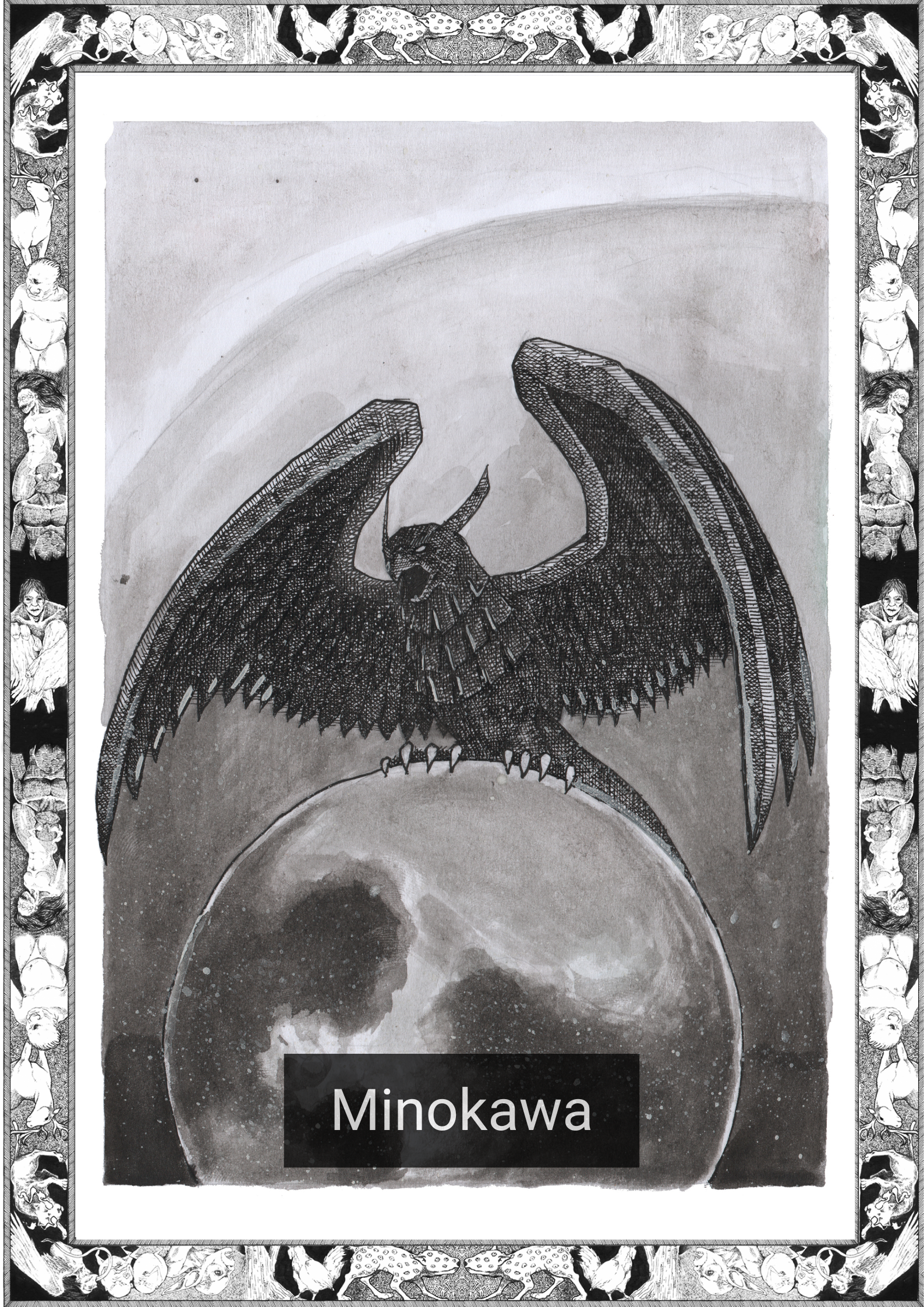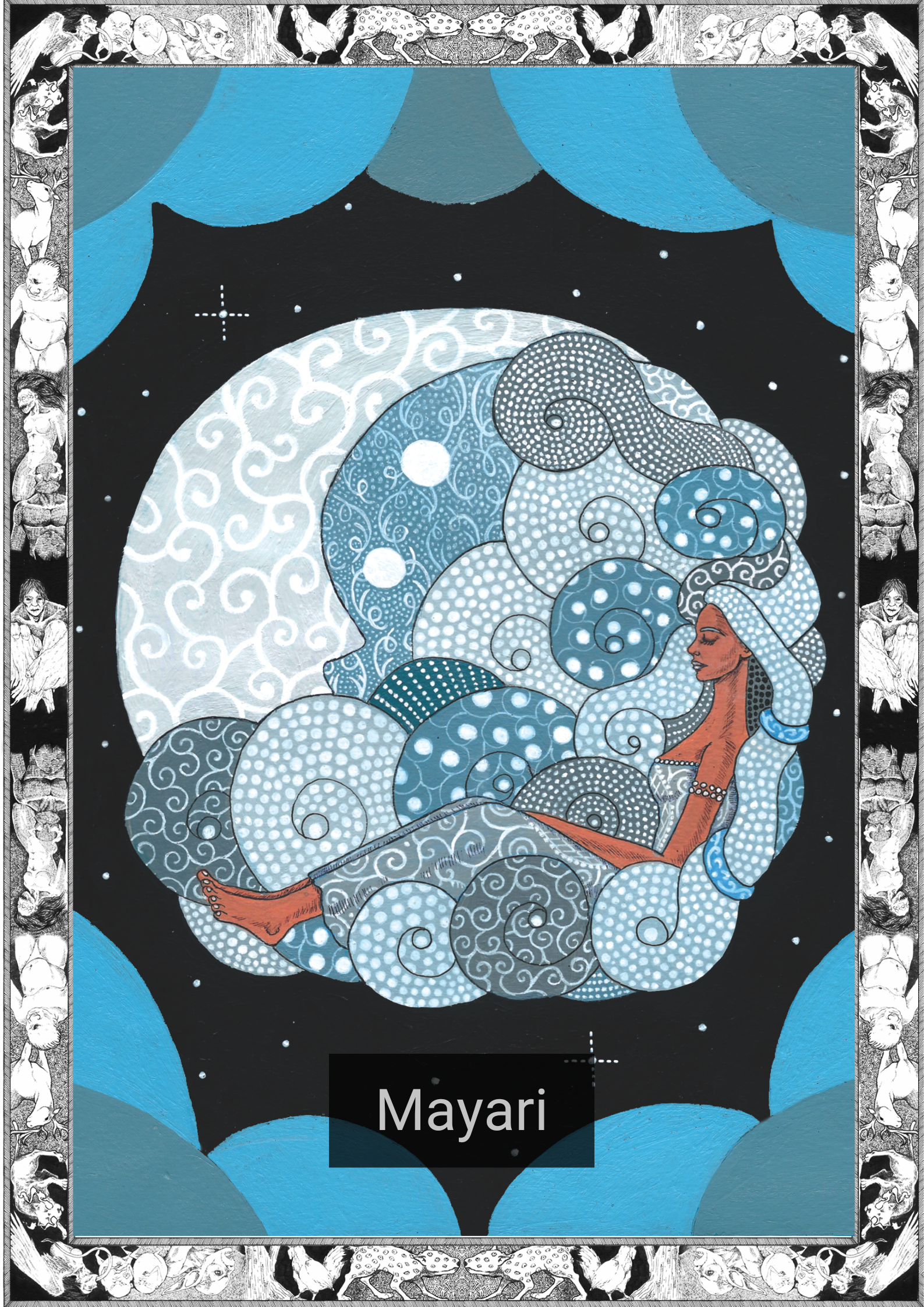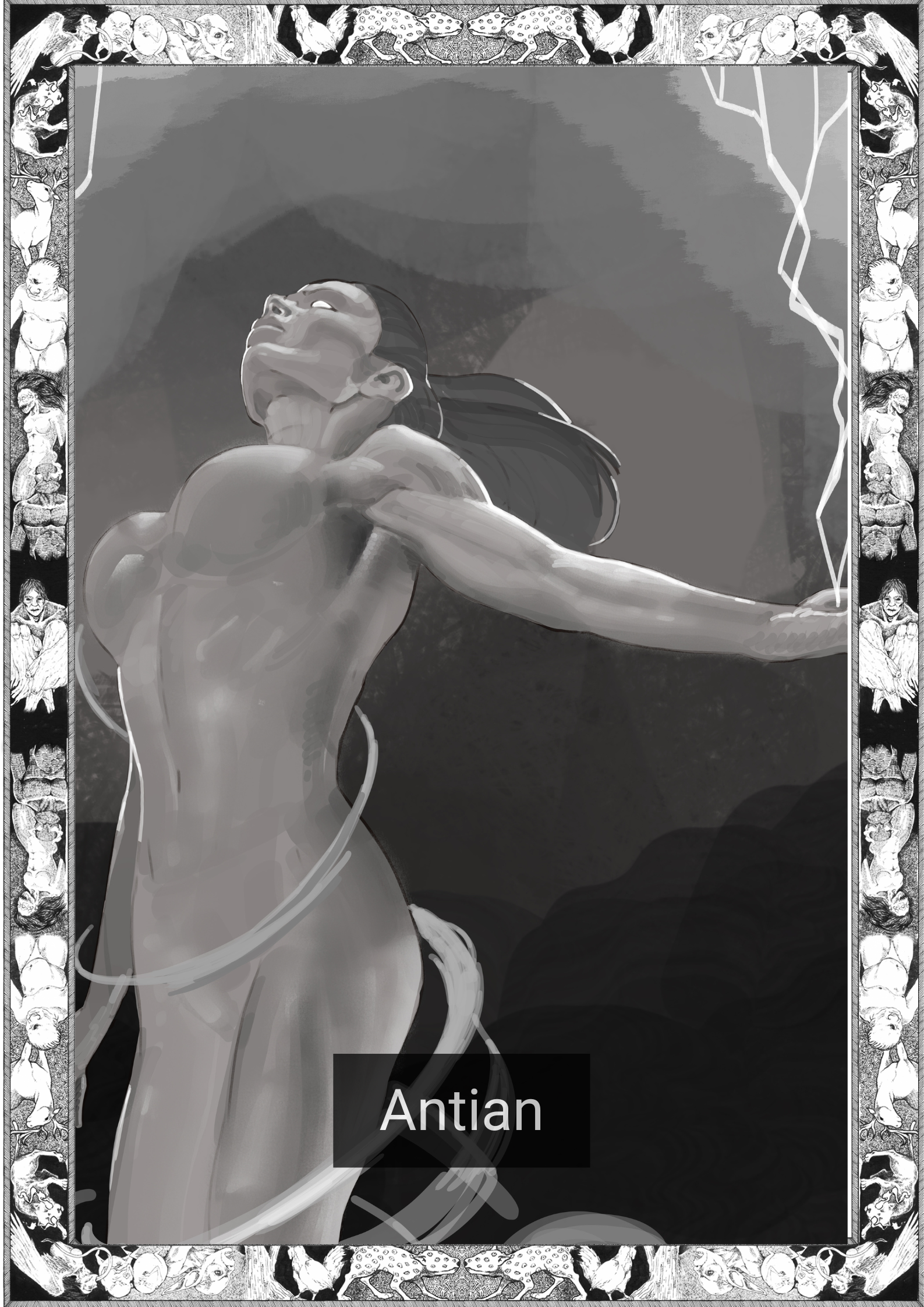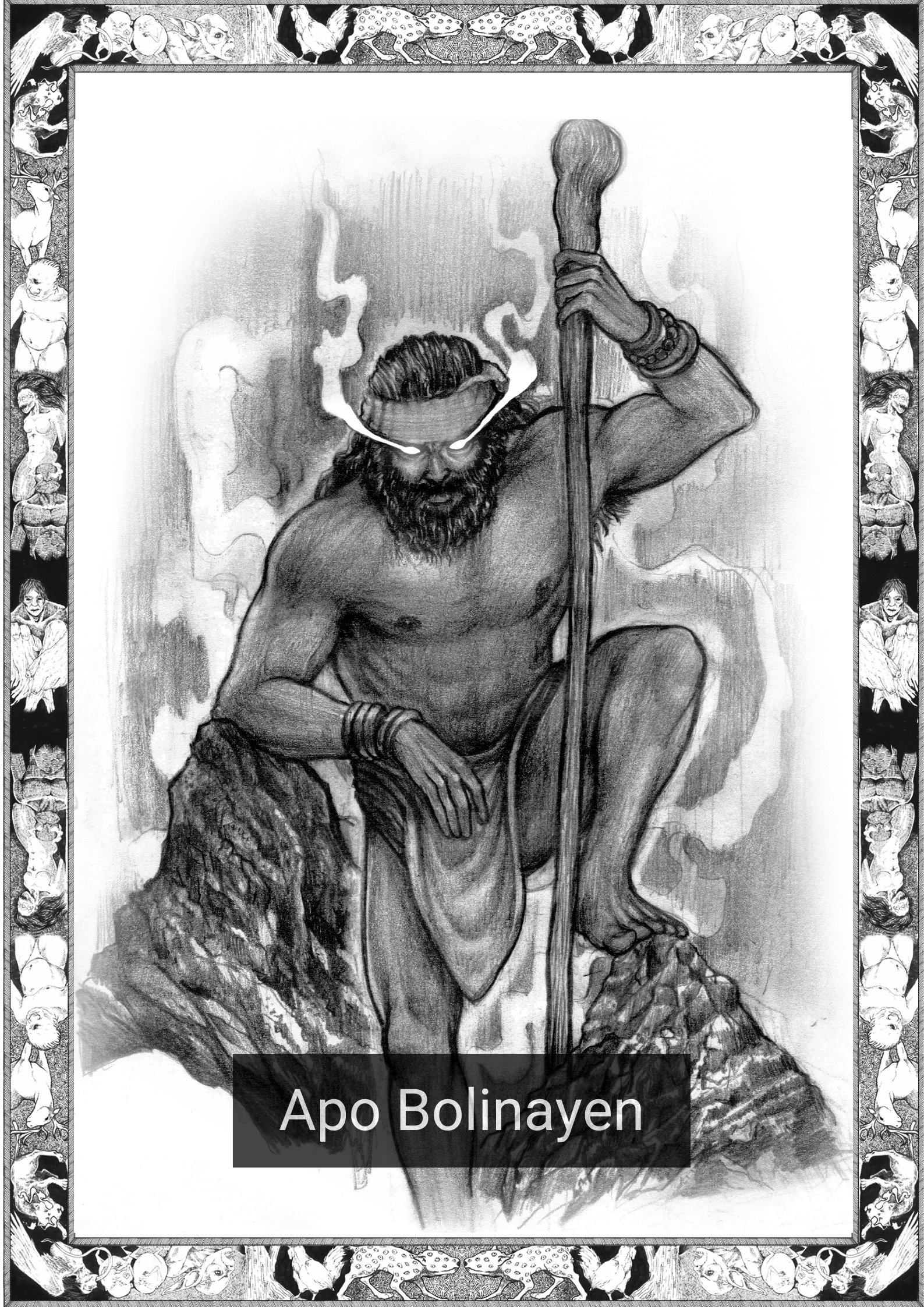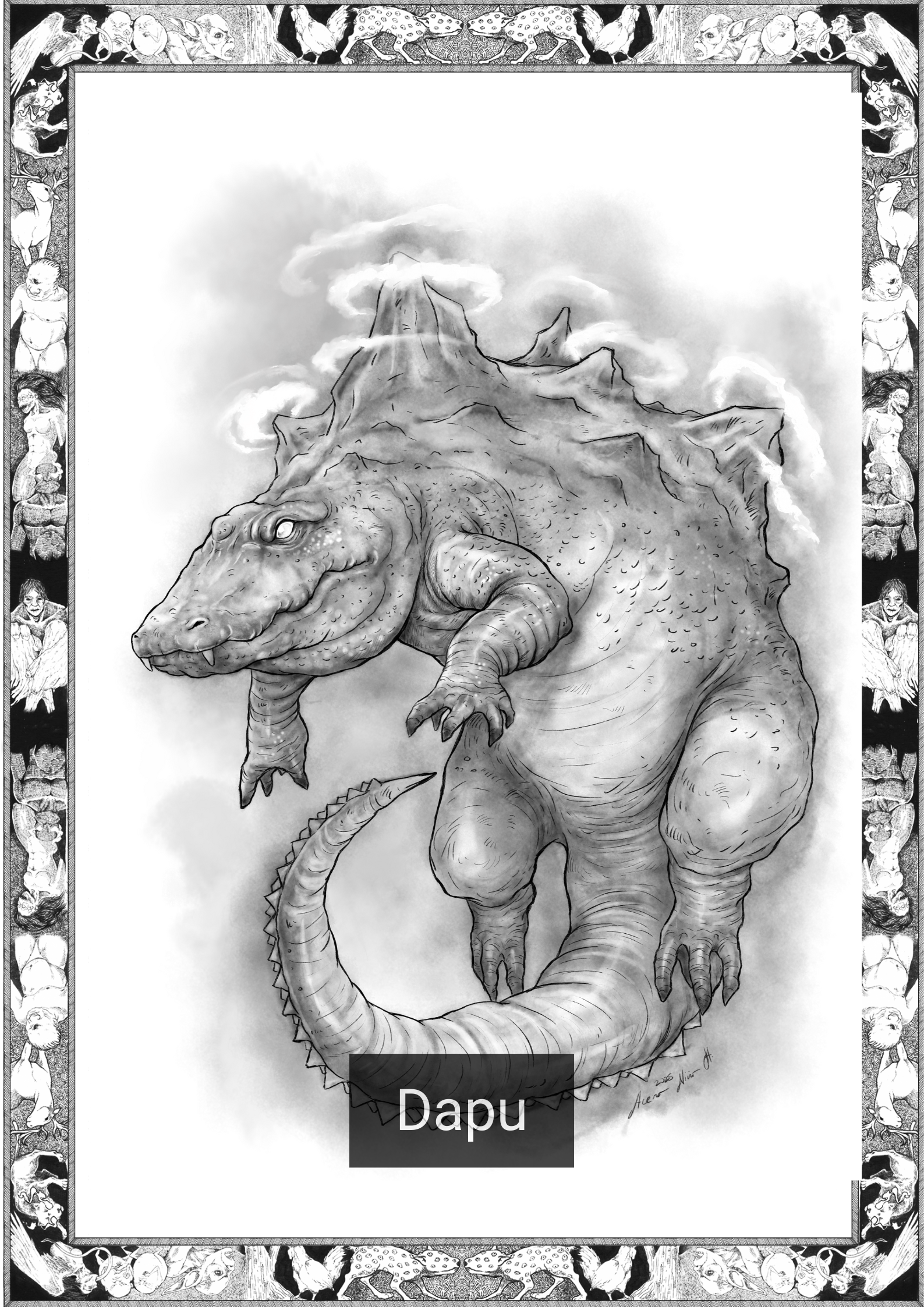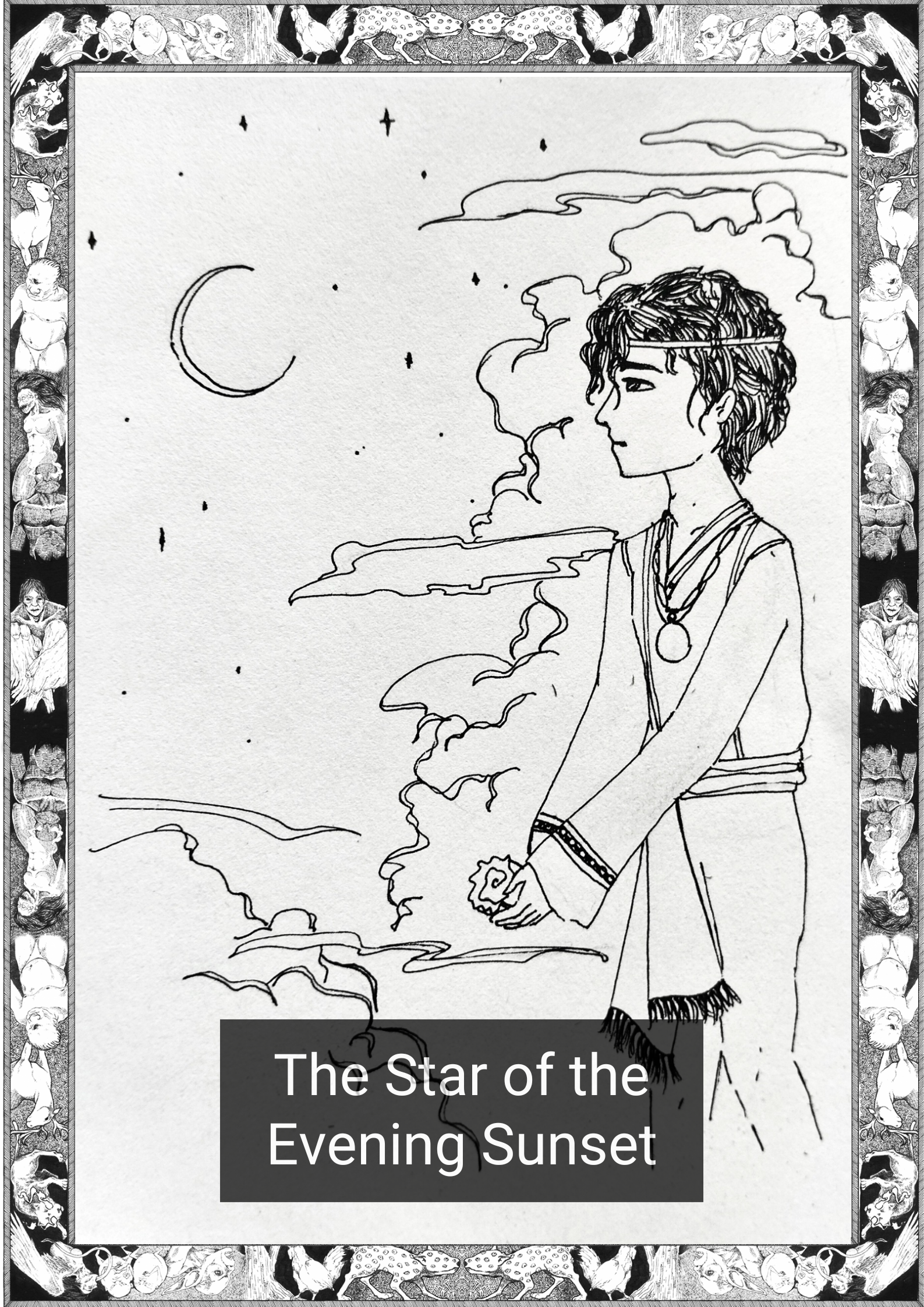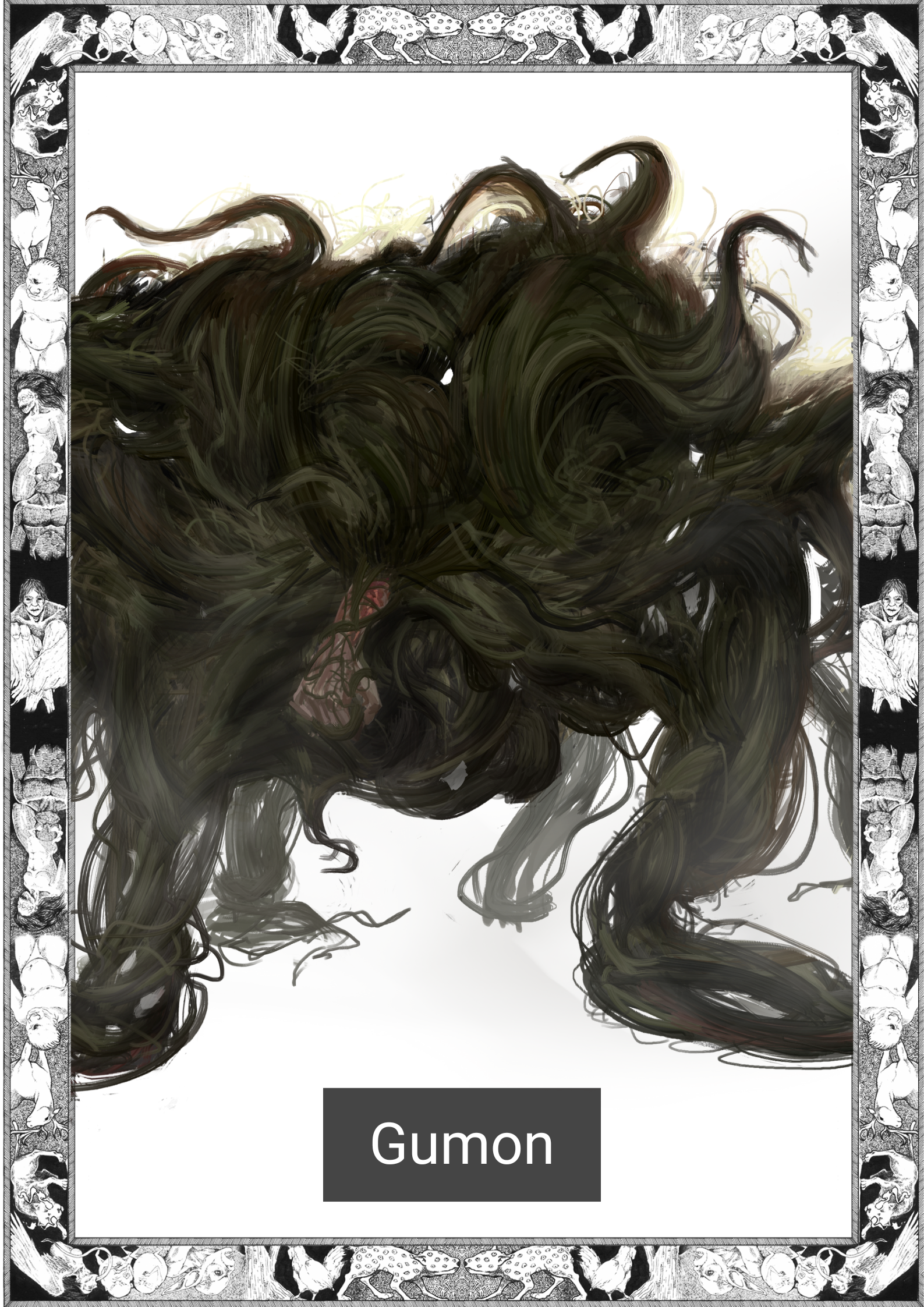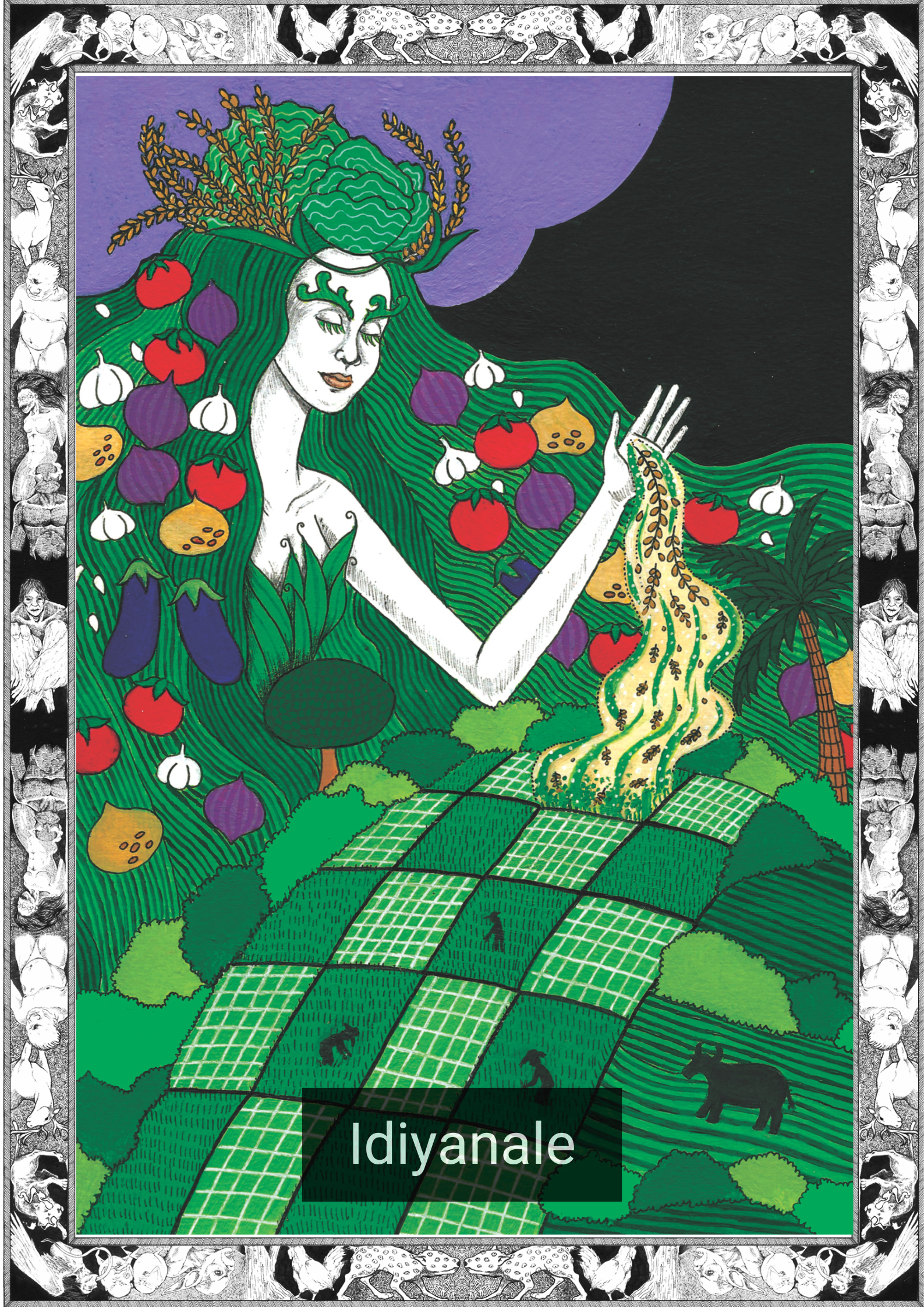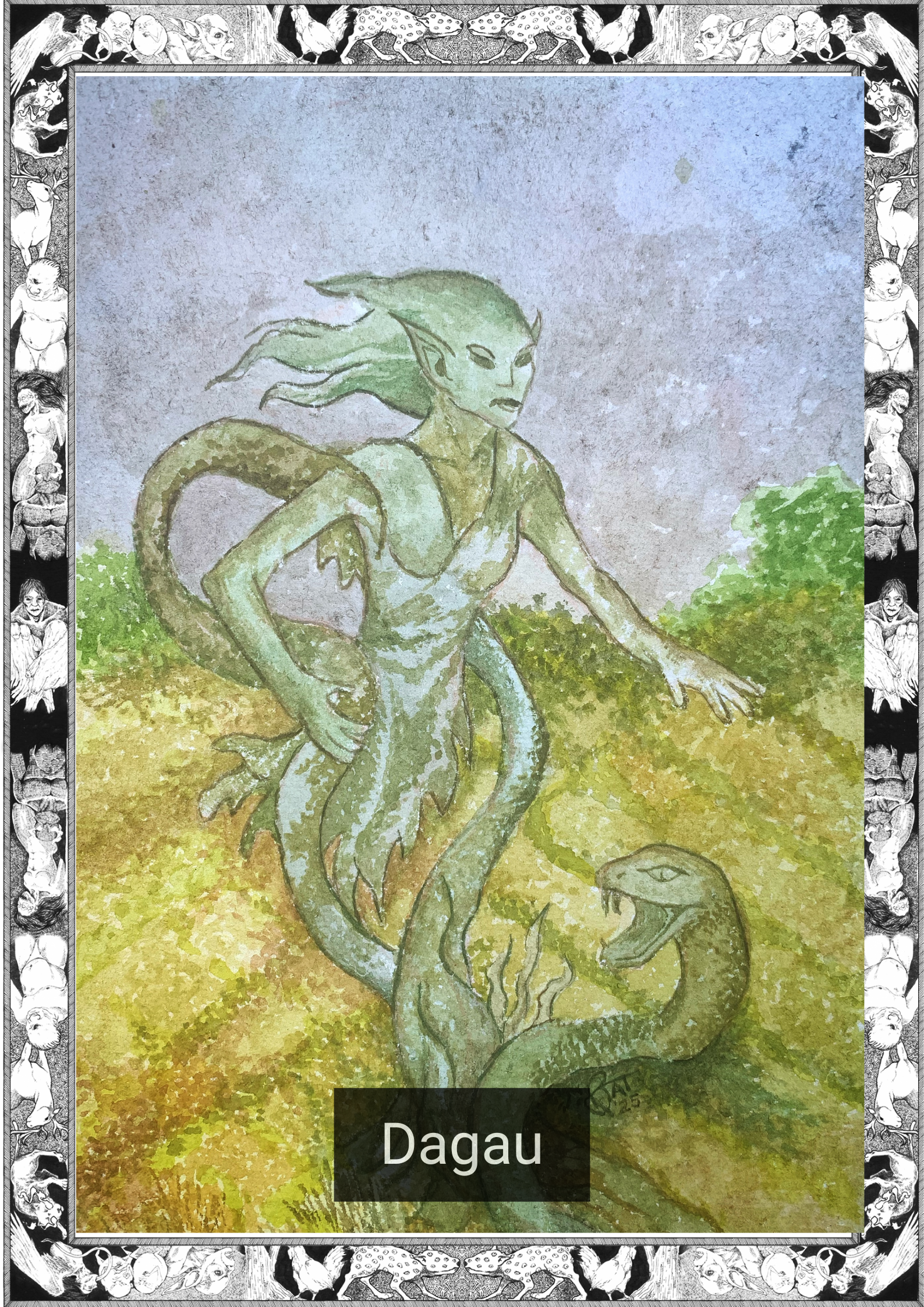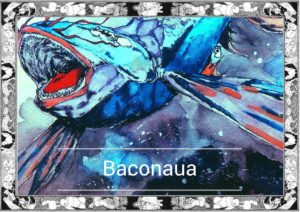
*Note this story is in Hiligaynon
Ang gab-i indi masyado madulom. Indi samtang ang bulan kag ang mga bituon nagasilak sang ila kapawa. May mga nagahulat sang matuod nga kadulom nga mag-abot, yadtong wala sing iban nga ginapangita sa kabuhi bangod ang kapawa nagpakita sa ila sang mga butang nga indi nila luyag makita, ang mga nagahandum sang paghidait sang mga patay, sa isa ka matugnaw, walay katapusan nga kalibutan.
Ini nga mga tawo nagapuyo sa higad sang dagat, nagahulat sang ila butig nga dios, nga nagapangamuyo sing malinong agod tapuson ang kapawa sang bulan. Ginalikawan nila ang gahod kag nagapabilin nga mahipos tubtob sa ila masarangan, nahadlok sa bisan ano nga tunog nga mahimo magdul-ong sa ila manluluwas gikan sa padya sini. Ang ila ebanghelyo sang wala katapusan nga kagab-ihon nagalanog sa ila mga hunahuna.
Sin-o sila? Ang nadula, ang nalipatan, ang nahadlok. Pareho gid sa ila dios. Tigulang na ini, mas tigulang sangsa duta nga ginaagyan sang iya mga sumilimba, mas tigulang sangsa dagat nga ginatawag sini nga iya puluy-an, kag mas tigulang sangsa mga manug-agaw nga lamunon sini sa isa ka adlaw. Ginadumdom sini ang mga kalibutan antes sang pag-abot sang kapawa kag madumduman sini ang tion nga ang kapawa bug-os nga nalaglag, kon ang kadulom magahari.
Magapabilin sila sa higad sang dagat tubtob mag-abot ang katapusan nga mga adlaw sang kapawa sa kalibutan. Kon ang ila agalon magabangon gikan sa kadadalman sang dagat kag magalupad padulong sa kapawa sang adlaw kag sa kapawa sang kagab-ihon. Nagahulat sila sa tion nga ang mga apapangig sang ila butig nga dios magalibot sa mga manug-agaw.
Kon ang tanan makahibalo sang matuod nga paghidait sang kadulom.
=——————–=
English Version
The night is not truly dark. Not while the moon and the stars shine their light. There are those that wait for the true darkness to come, those that seek nothing else in life because the light has shown them things they did not wish to see, those that wish for the peace of the dead, in a cold, eternal world.
These people live by the sea, awaiting their false god, saying quiet prayers to end the moonlight. They shun noise and stay as silent as they can, fearing any sound that may lead their savior from its prize. Their gospel of endless night echoes in their minds.
Who are they? The lost, the forgotten, the afraid. Much like their god. It is old, far older than the land that its worshippers walk on, far older than the sea that it calls its home, and far older than the usurpers it will one day devour. It remembers the worlds before the coming of the light and it will remember a time when the light has been fully decimated, when darkness will reign.
They will stay by the seashore until the last days of light are upon the world. When their lord will rise up from the depths of the sea and fly towards the light of the day and the light of night. They wait for the moment when their false god’s jaws encircle the usurpers.
When all will know the true peace of darkness.
=————————-=
*The Hiligaynon language, also colloquially referred often by most of its speakers simply as Ilonggo, is an Austronesian regional language spoken in the Philippines by about 9.1 million people, mainly in Western Visayas and SOCCSKSARGEN, most of whom belong to the Visayan ethnic group, mainly the Hiligaynons. It is the second-most widely spoken language and a member of the so-named Visayan language family and is more distantly related to other Philippine languages.
Written by Karl Gaverza
Hiligaynon translation by Edwin P. Belgera
Copyright © Karl Gaverza
Translation Copyright © Edwin P. Belgera
Story inspired by Baconaua entry in Creatures of Philippine Lower Mythology. Ramos. 1971.
Baconaua Illustration by Leandro Geniston fromAklat ng mga Anito
FB: That Guy With A Pen
Watercolor by Catherine Chiu
FB: Wildling Child
IG: https://www.instagram.com/
